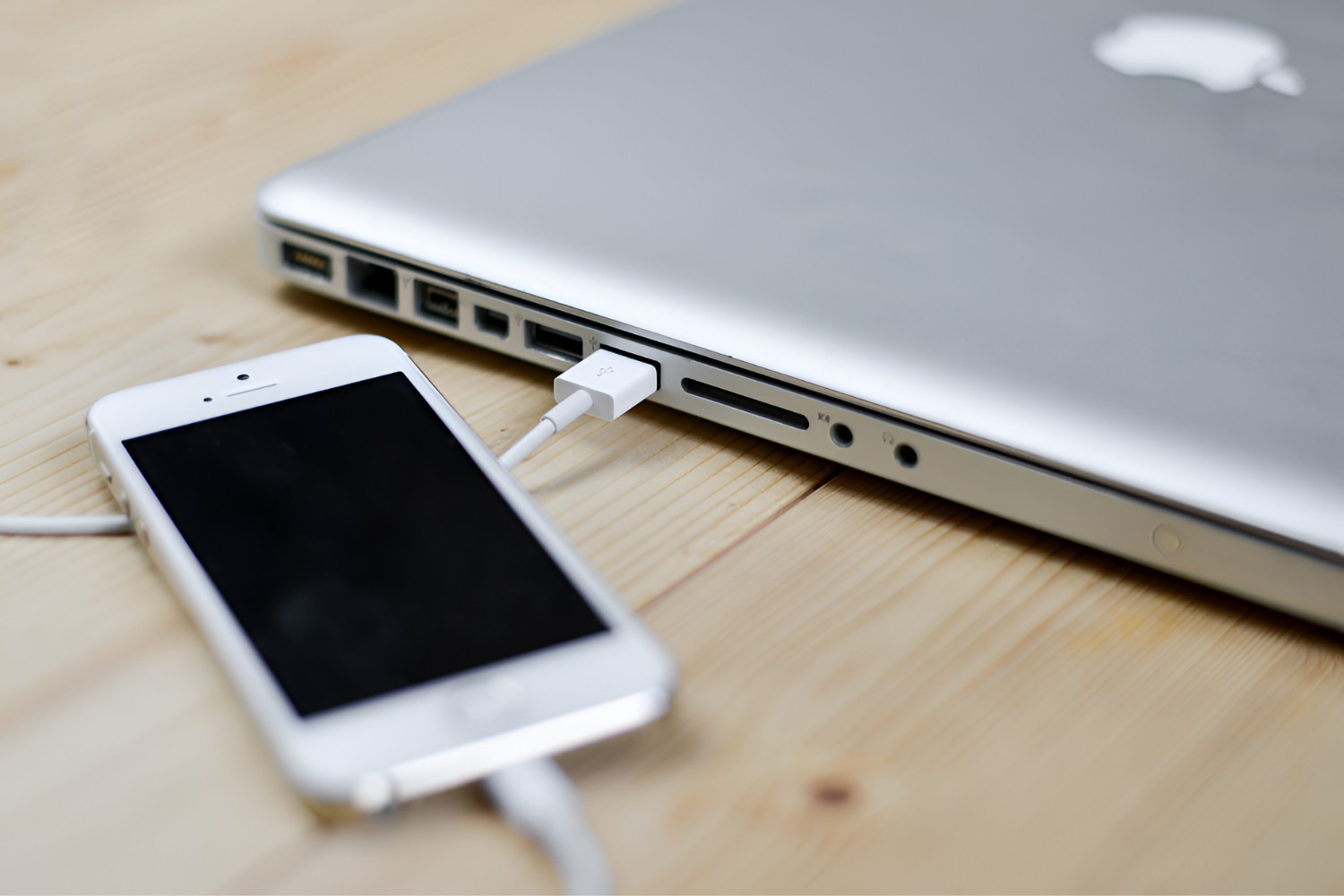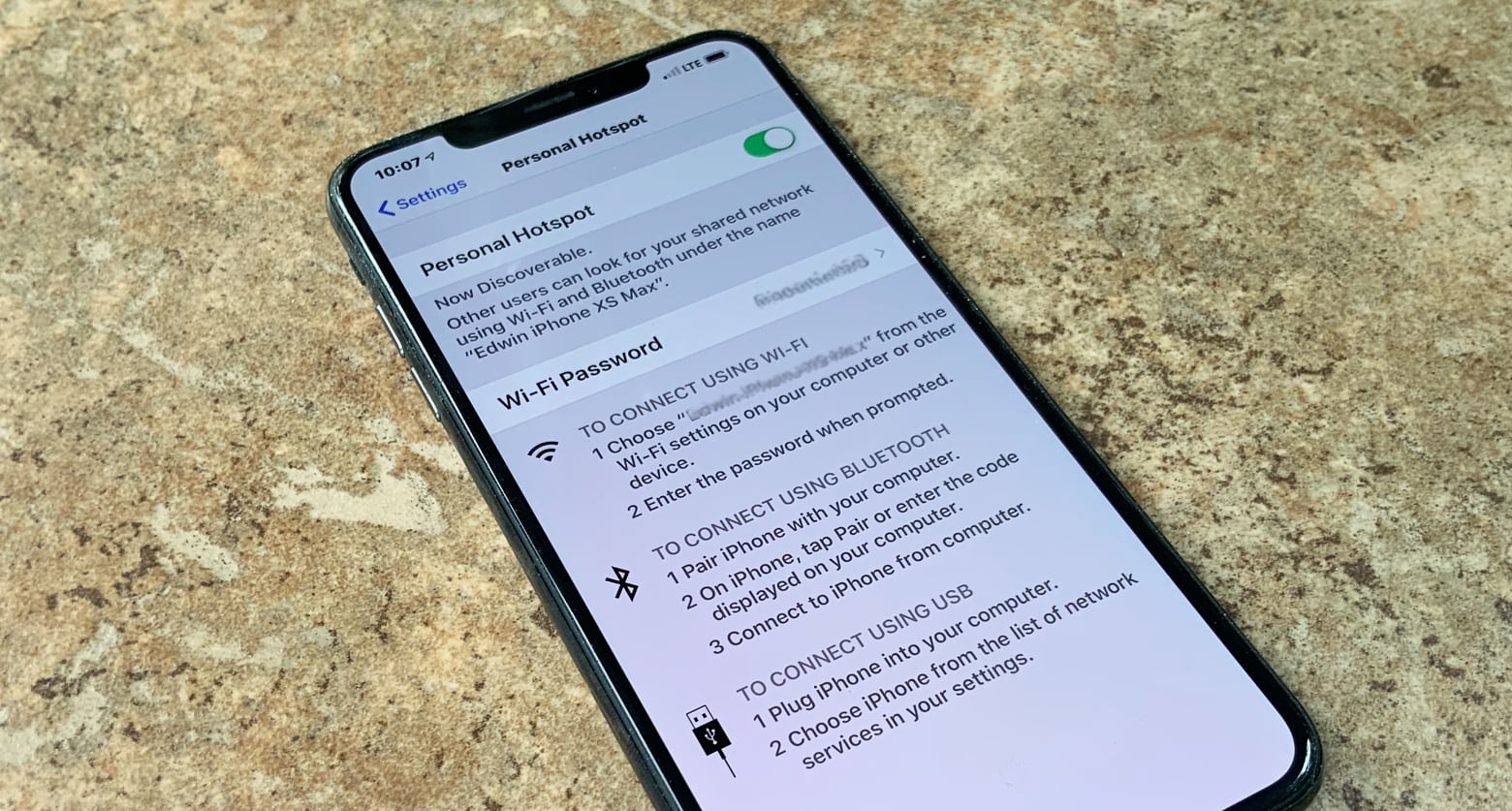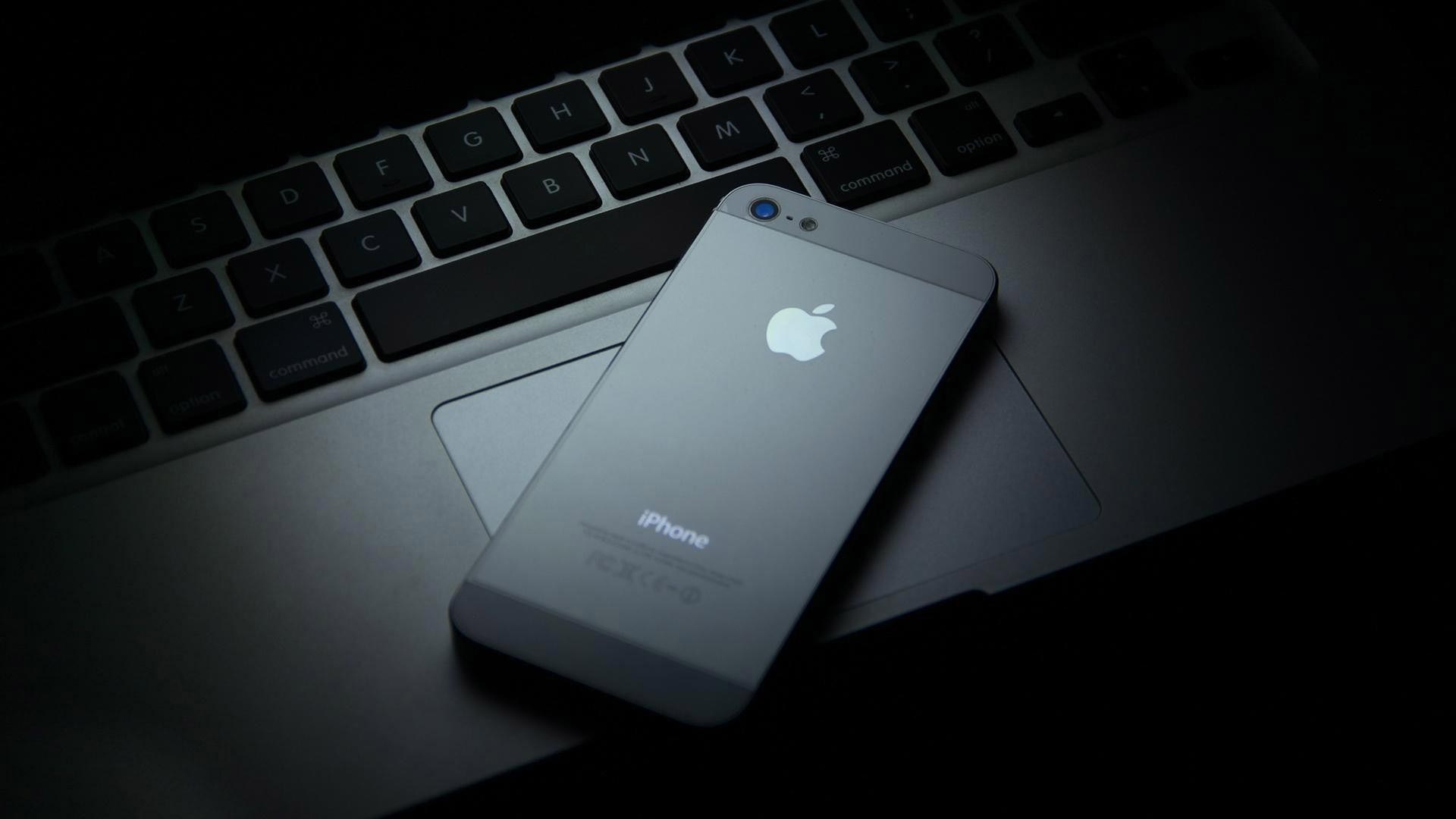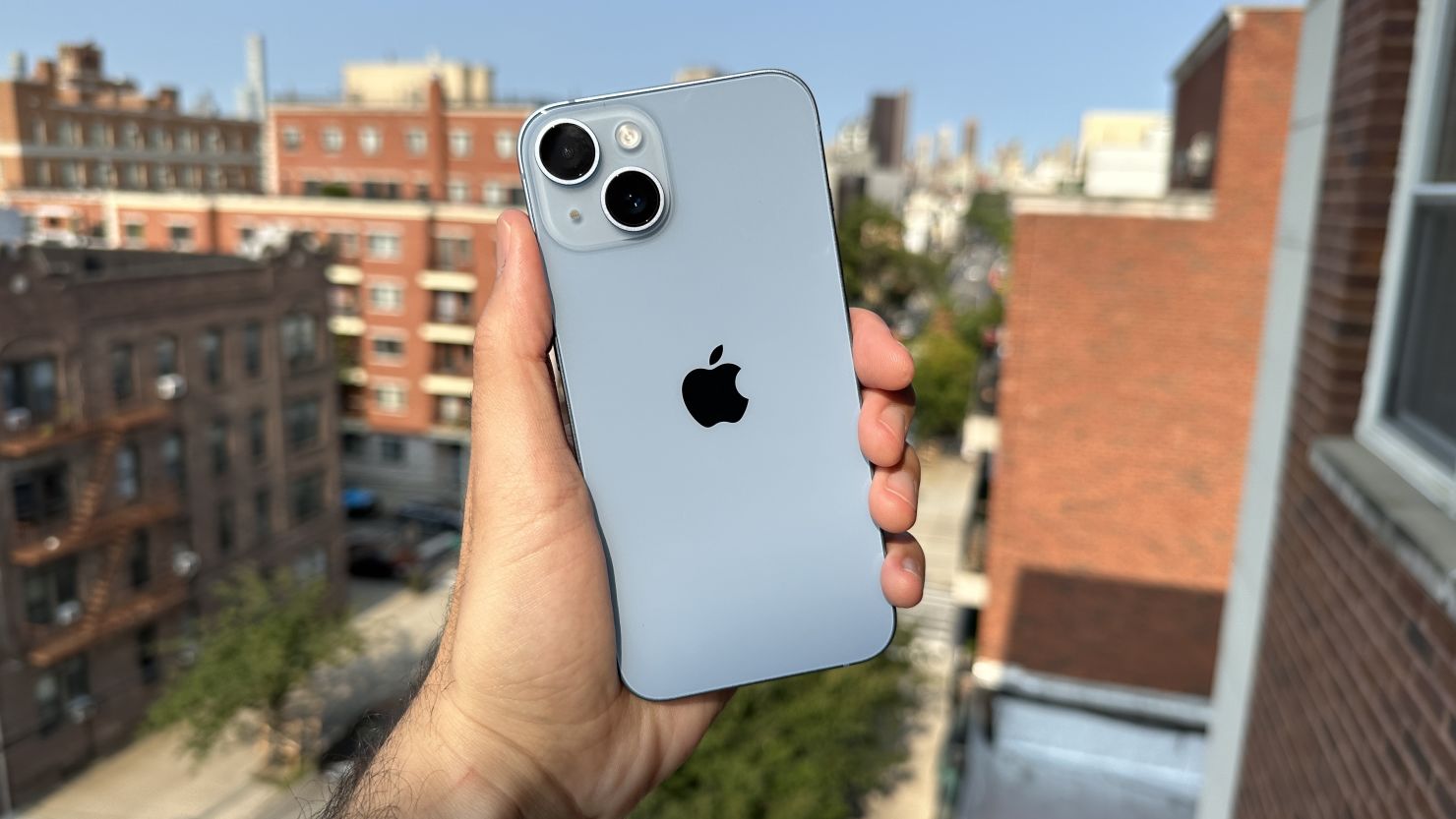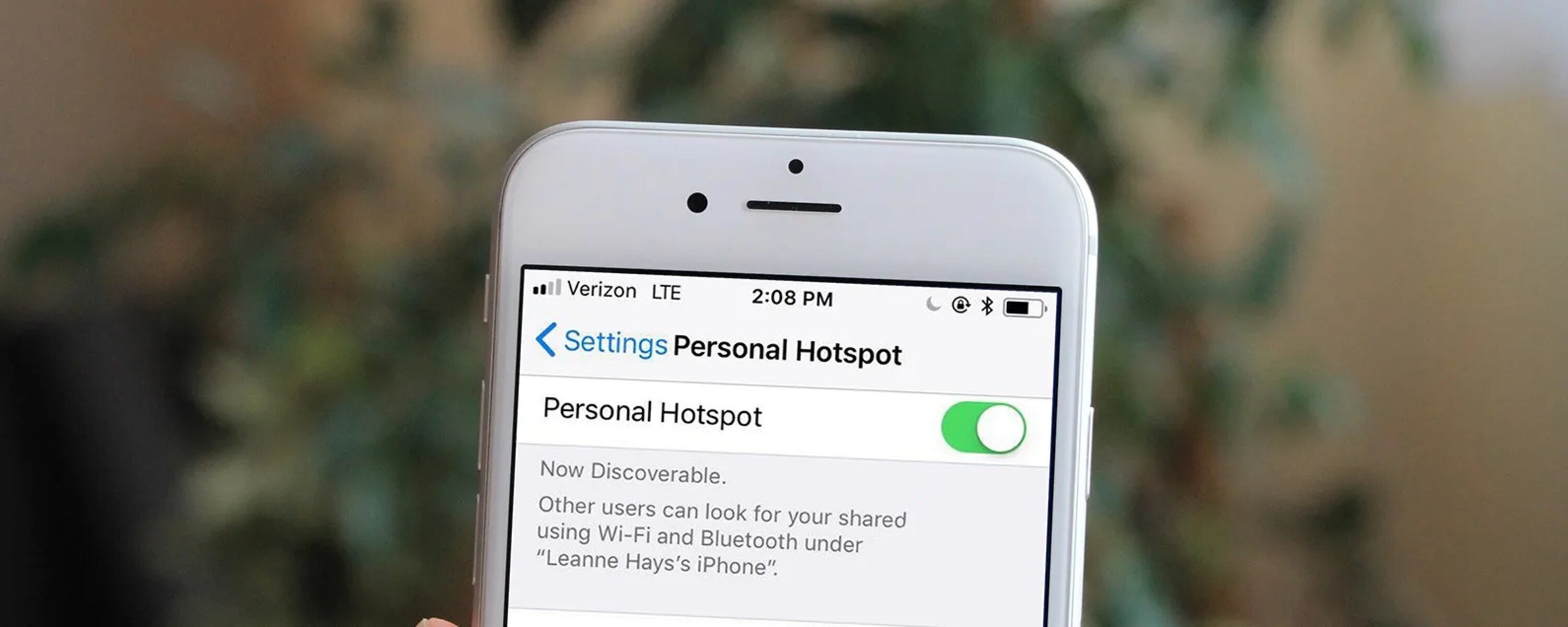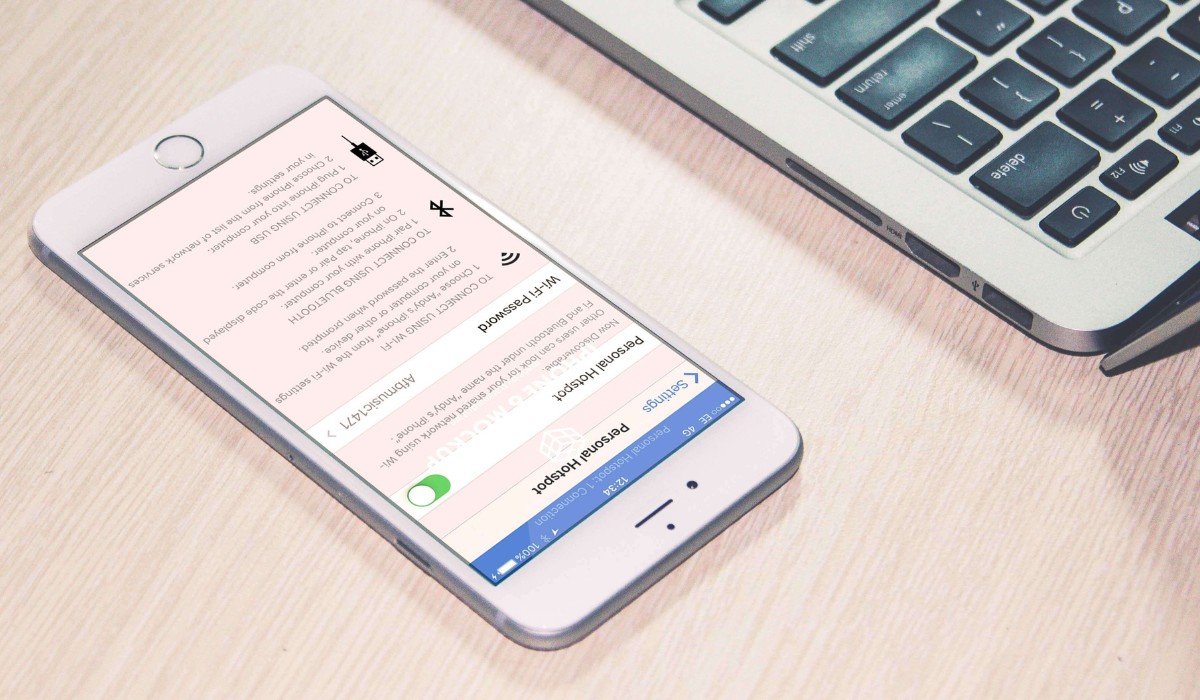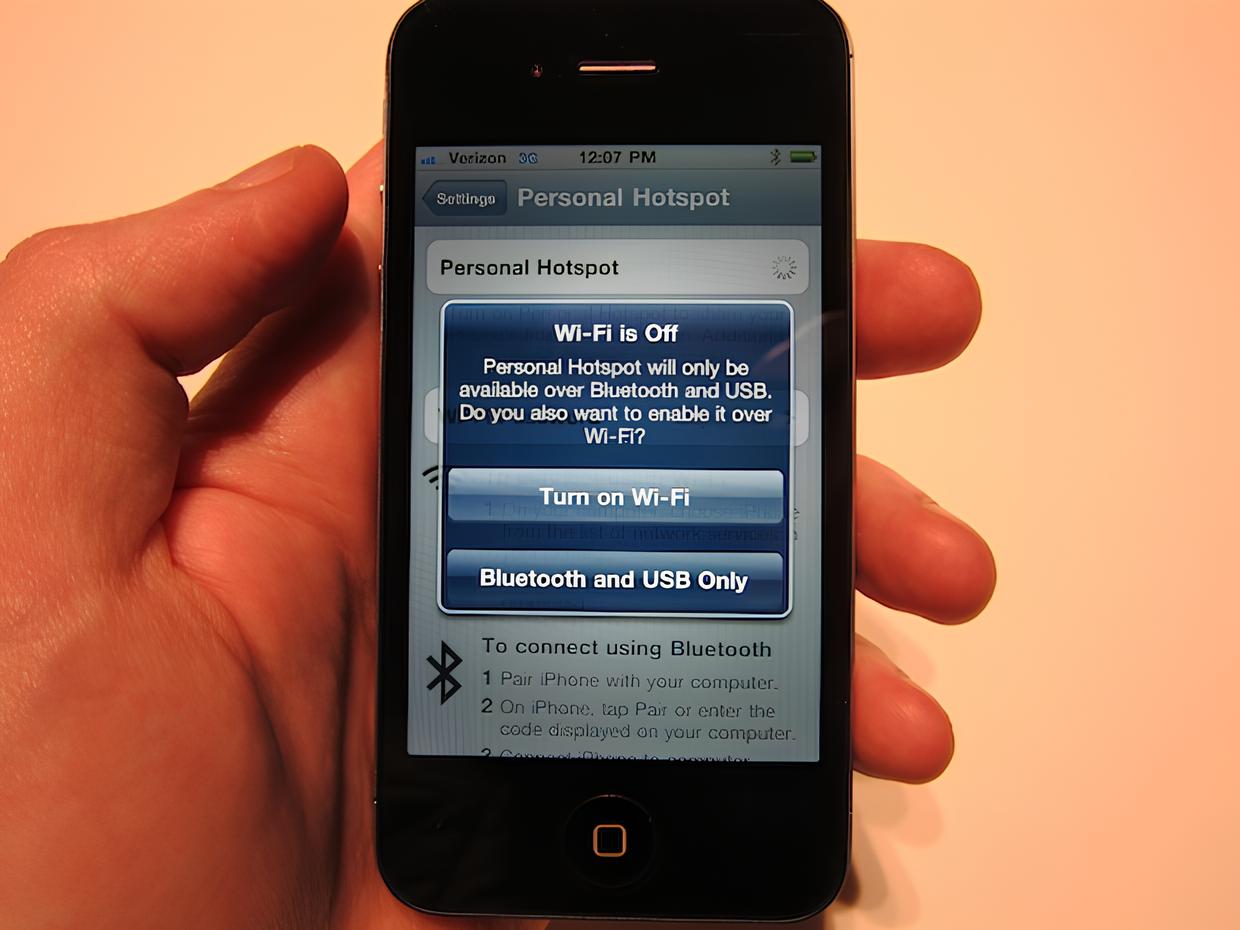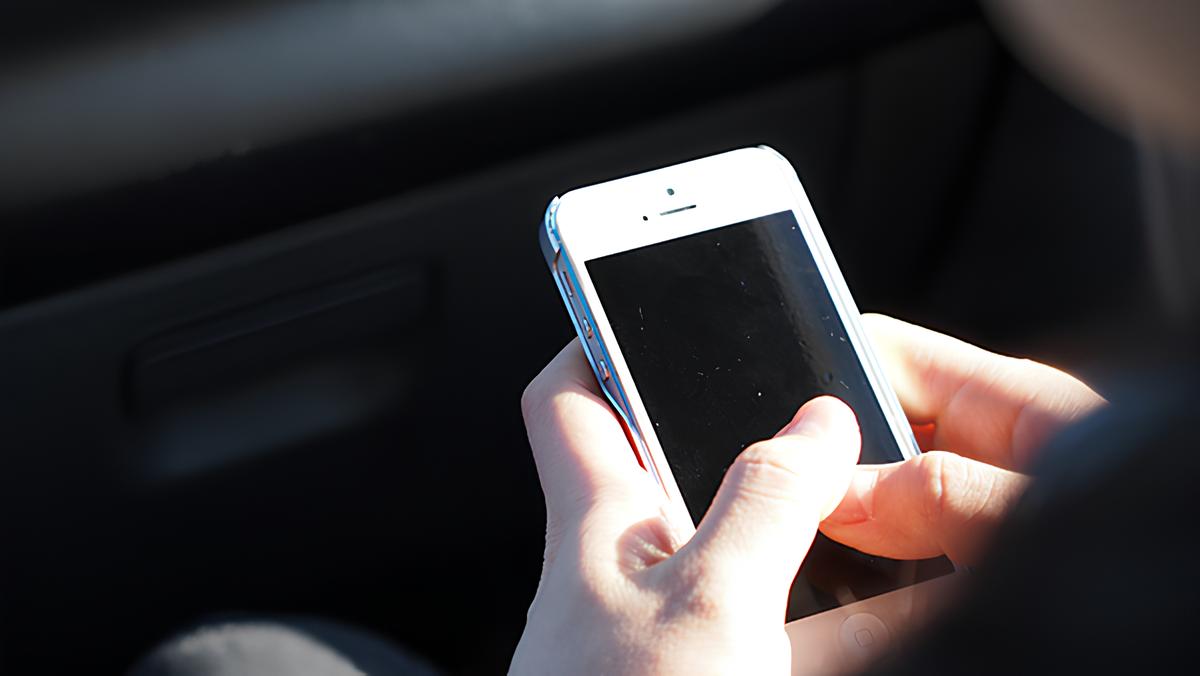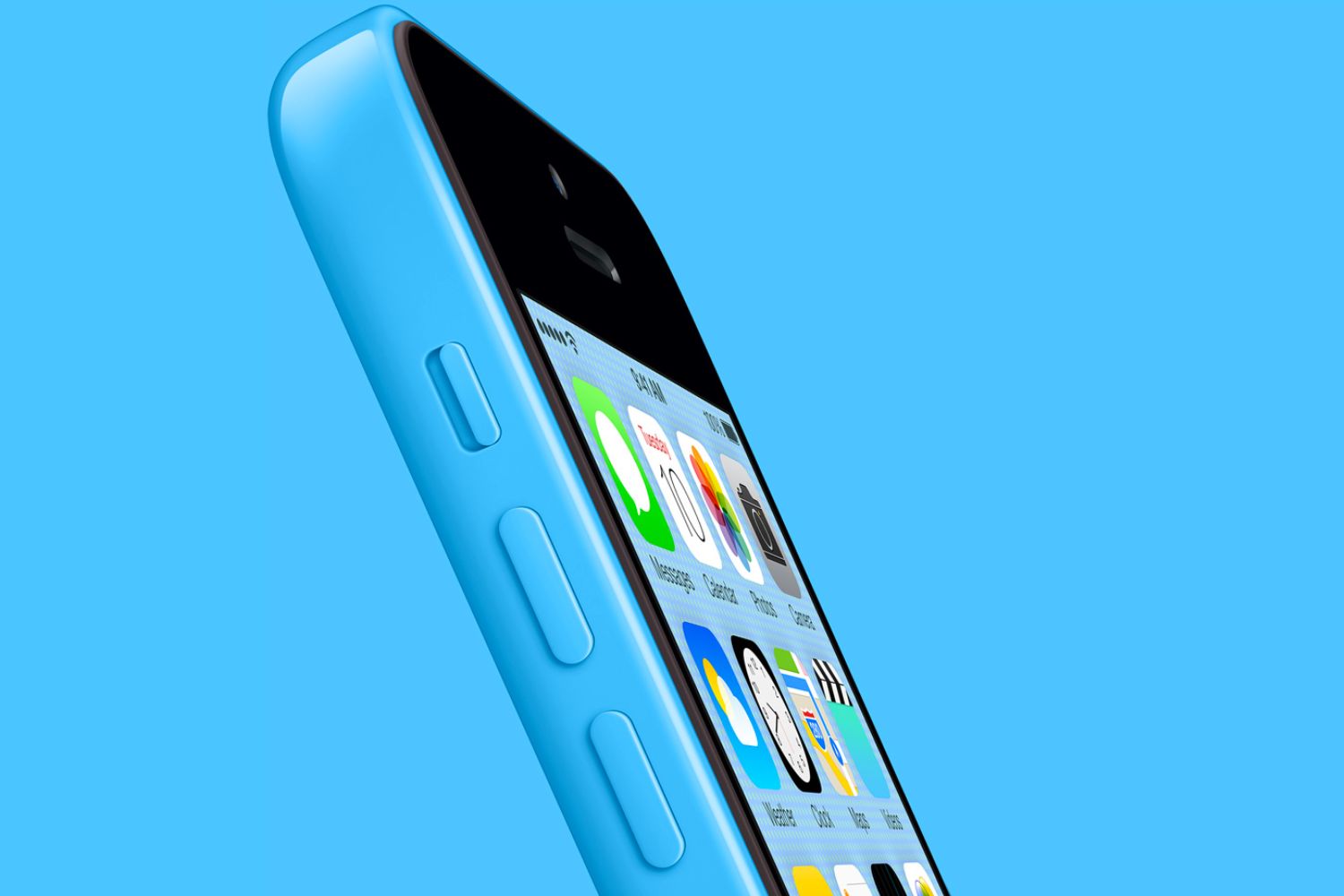Introduction
Connecting your device to the internet via your iPhone's personal hotspot can be a convenient solution when Wi-Fi or Ethernet connections are unavailable. This feature allows you to share your iPhone's cellular data connection with other devices, such as laptops or tablets, using a USB cable. By enabling the personal hotspot feature on your iPhone and connecting it to your device, you can enjoy internet access on the go without relying on traditional Wi-Fi networks.
In this guide, we will walk you through the process of setting up and utilizing the USB connection with your iPhone hotspot. Whether you're traveling, working remotely, or simply need a reliable internet connection in a pinch, leveraging your iPhone's hotspot through a USB connection can provide a seamless and secure way to stay connected.
With the step-by-step instructions and troubleshooting tips provided in this guide, you'll be equipped to establish a USB connection with your iPhone hotspot quickly and efficiently. Additionally, we'll address common issues that may arise during the setup process, ensuring that you have the necessary knowledge to overcome potential obstacles and maintain a stable connection.
By the end of this guide, you'll have a comprehensive understanding of how to harness the power of your iPhone's personal hotspot through a USB connection, empowering you to stay connected and productive in various scenarios. Let's dive into the process of enabling and utilizing this convenient feature to unlock the full potential of your iPhone's connectivity.
Step 1: Enable Personal Hotspot on Your iPhone
Enabling the personal hotspot feature on your iPhone is the first crucial step in establishing a USB connection to share its internet connection with other devices. Follow these straightforward instructions to activate the personal hotspot:
-
Access Settings: Begin by unlocking your iPhone and navigating to the "Settings" app, which is represented by a gear icon on your home screen.
-
Select Personal Hotspot: Within the Settings menu, tap on "Personal Hotspot." This option is typically located near the top of the menu, denoted by a tethering icon.
-
Enable Personal Hotspot: Toggle the switch next to "Personal Hotspot" to activate the feature. Upon doing so, your iPhone will prompt you to enable Wi-Fi and Bluetooth or USB connections. For the purpose of this guide, we will focus on establishing a USB connection.
-
Set Up USB Connection: Connect your iPhone to your device using a USB cable. Once connected, your iPhone will automatically recognize the USB connection and configure the personal hotspot for USB tethering.
-
Configure Personal Hotspot Settings: If prompted, you may have the option to set a Wi-Fi password for your personal hotspot. This step enhances the security of your connection, preventing unauthorized access to your iPhone's internet sharing.
-
Verify Connection: After enabling the personal hotspot and connecting your iPhone to your device via USB, ensure that the connection is active and stable. You should see a tethering icon or a notification indicating the successful establishment of the USB connection.
By following these steps, you can seamlessly enable the personal hotspot feature on your iPhone and prepare it for USB tethering. Once the personal hotspot is activated and the USB connection is established, you are ready to proceed to the next step, which involves connecting your device to the iPhone hotspot to access the internet.
Step 2: Connect Your Device to the iPhone Hotspot
Once you have enabled the personal hotspot feature on your iPhone and configured it for USB tethering, the next step is to connect your device to the iPhone hotspot. By establishing this connection, you can leverage your iPhone's cellular data to access the internet on your device. Follow these steps to seamlessly connect your device to the iPhone hotspot via USB:
-
Prepare Your Device: Ensure that the device you intend to connect to the iPhone hotspot is powered on and ready for the setup process. Whether it's a laptop, tablet, or another compatible device, having it readily available will streamline the connection process.
-
Connect the USB Cable: Using a compatible USB cable, physically connect your iPhone to the device. Depending on the type of device you're using, you may need a USB-C to Lightning cable, a USB-A to Lightning cable, or an appropriate adapter to establish the connection. Once the cable is securely plugged into both devices, they should recognize the connection.
-
Authorize the Connection (if necessary): In some cases, your device may prompt you to authorize the USB connection to your iPhone. This step is essential for establishing a secure and trusted connection between the two devices. Follow the on-screen prompts to grant permission for the USB tethering connection.
-
Wait for Recognition: Upon establishing the physical connection and authorizing the USB tethering, your device should recognize the iPhone hotspot and configure the necessary settings to access the internet. This recognition process may vary depending on the operating system of your device, but it typically occurs automatically.
-
Verify the Connection: Once the recognition process is complete, verify that your device is successfully connected to the iPhone hotspot. Look for indicators such as a network icon, a notification confirming the connection, or a tethering symbol to ensure that the USB tethering is active and stable.
-
Access the Internet: With the USB connection established and the device recognizing the iPhone hotspot, you can now access the internet using your iPhone's cellular data. Open a web browser or any internet-dependent application to confirm that you can browse the web, send emails, or engage in online activities seamlessly.
By following these steps, you can effectively connect your device to the iPhone hotspot via USB, enabling you to harness the power of your iPhone's cellular data for internet access on your device. This seamless connection provides a reliable and convenient means of staying connected, especially in situations where traditional Wi-Fi networks are unavailable.
Step 3: Troubleshooting Common Issues
While setting up a USB connection with your iPhone hotspot is generally straightforward, you may encounter common issues that can hinder the establishment of a stable connection. By addressing these potential challenges, you can troubleshoot and resolve issues that may arise during the process, ensuring a seamless and reliable USB tethering experience.
1. USB Cable Recognition
If your device fails to recognize the USB cable connection to your iPhone, consider the following troubleshooting steps:
- Ensure that you are using a certified USB cable that is compatible with both your iPhone and your device.
- Clean the charging port on your iPhone and the USB port on your device to remove any debris or dirt that may obstruct the connection.
- Try using a different USB cable or port on your device to rule out potential cable or port-related issues.
2. Authorization Prompt
In some instances, your device may prompt you to authorize the USB connection to your iPhone. If you encounter this prompt and experience difficulties with authorization, try the following:
- Restart both your iPhone and the connected device to reset any temporary connectivity issues.
- Check for any pending software updates on both devices, as outdated software can sometimes impede the authorization process.
- If available, use the "Trust This Computer" option that appears on your iPhone when prompted to authorize the USB connection.
3. Network Recognition
If your device struggles to recognize the iPhone hotspot network via USB tethering, consider these troubleshooting steps:
- Verify that the personal hotspot feature is still enabled on your iPhone and that USB tethering is the selected connection method.
- Restart the personal hotspot on your iPhone and wait a few moments for your device to recognize the network.
- Check the USB settings on your device to ensure that it is configured to accept network connections via USB tethering.
4. Stability and Speed
Should you encounter issues related to the stability or speed of the USB tethering connection, consider the following troubleshooting measures:
- Move to an area with stronger cellular signal reception to improve the stability and speed of the internet connection.
- Disconnect and reconnect the USB cable to reestablish the tethering connection, as intermittent disruptions can impact stability.
- If available, adjust the USB tethering settings on your device to prioritize stability over speed or vice versa, based on your preferences.
By addressing these common issues and implementing the suggested troubleshooting steps, you can overcome obstacles that may arise during the setup and utilization of the USB connection with your iPhone hotspot. These measures empower you to maintain a reliable and efficient USB tethering experience, ensuring that you can seamlessly access the internet using your iPhone's cellular data whenever the need arises.
Conclusion
In conclusion, the ability to establish a USB connection with your iPhone hotspot provides a versatile and reliable solution for accessing the internet on various devices, especially when traditional Wi-Fi networks are unavailable. By following the step-by-step guide outlined in this article, you can seamlessly enable the personal hotspot feature on your iPhone, configure it for USB tethering, and connect your device to the iPhone hotspot to harness its cellular data.
The convenience of utilizing your iPhone's personal hotspot through a USB connection extends beyond its practicality. Whether you're traveling, working remotely, or simply seeking a dependable internet connection, this method empowers you to stay connected and productive in diverse scenarios. The seamless integration of your iPhone's cellular data with your device via USB tethering ensures that you can access the internet with ease, eliminating the constraints imposed by traditional connectivity options.
Furthermore, the troubleshooting tips provided in this guide equip you with the knowledge to address common issues that may arise during the setup process. By proactively troubleshooting USB cable recognition, authorization prompts, network recognition, and stability and speed concerns, you can maintain a stable and efficient USB tethering experience. This proactive approach ensures that potential obstacles do not impede your ability to leverage your iPhone's personal hotspot for internet access.
Ultimately, the process of establishing a USB connection with your iPhone hotspot is a testament to the adaptability and convenience offered by modern technology. It enables you to transform your iPhone into a reliable internet source for your devices, fostering seamless connectivity and productivity in various environments. Whether you're navigating a bustling city, working from a remote location, or simply seeking a backup internet option, the USB tethering capability of your iPhone hotspot empowers you to stay connected without compromise.
As you embark on your journey of leveraging the USB connection with your iPhone hotspot, remember that the possibilities it unlocks extend beyond mere connectivity. It embodies the seamless integration of technology into our daily lives, providing a bridge to the digital world when traditional connections falter. With the knowledge and insights gained from this guide, you are well-equipped to harness the power of your iPhone's personal hotspot through a USB connection, ensuring that you can stay connected, productive, and engaged, regardless of your surroundings.







